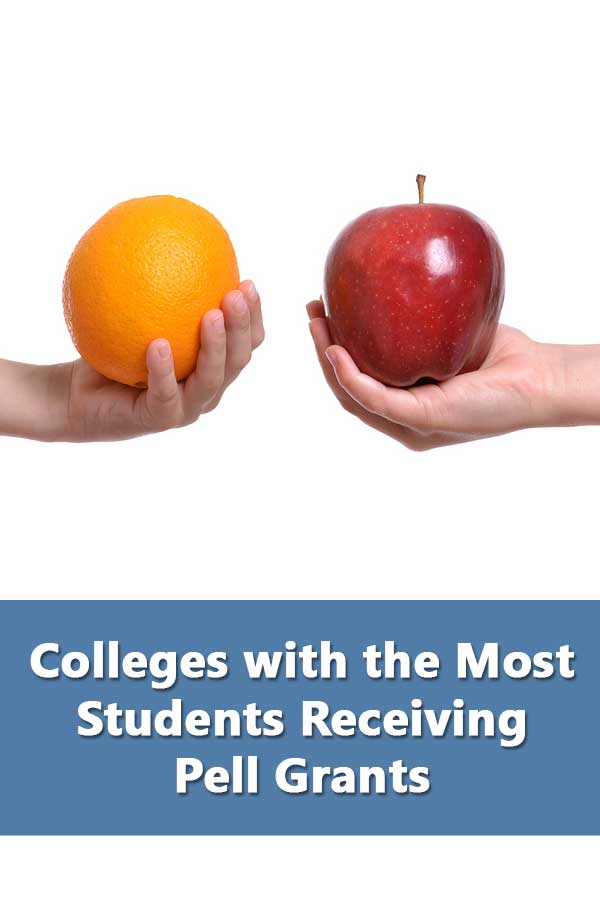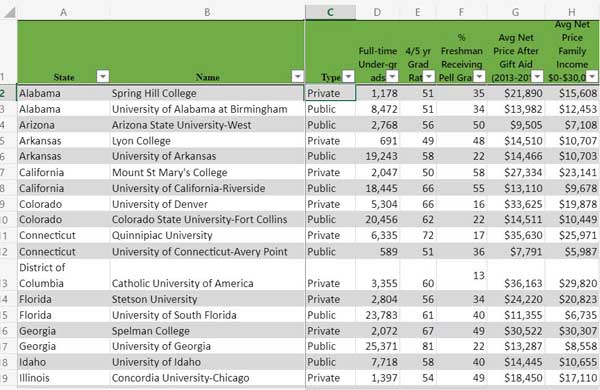 One of the problems with college rankings is that much of the rankings are based on inputs. How good are the students who go to the school, how much money does the school spend on students and faculty. It’s kind of weird when you think about it. If we ranked hospitals by their inputs, the ones who admitted the healthiest patients would come out on top. Is it any surprise that the most highly ranked colleges are the ones that are the most selective?
One of the problems with college rankings is that much of the rankings are based on inputs. How good are the students who go to the school, how much money does the school spend on students and faculty. It’s kind of weird when you think about it. If we ranked hospitals by their inputs, the ones who admitted the healthiest patients would come out on top. Is it any surprise that the most highly ranked colleges are the ones that are the most selective?
It’s Easy to be a Great School When You Only Take Great Students
The quality of the inputs matters if you really want to look at the school effect-how does the student improve by attending the school. If a college takes in a larger percentage of poorly prepared students or students without access to resources, you can’t expect it to have the same results as a school that takes few such students. We really need to compare apples to apples.
There is a growing attempt to take the school effect into account. Since The Washington Monthly started creating a projected graduation rate based on the percentage of students receiving Pell Grants, the US News College Rankings has add a Graduation Rate Performance category that controls for inputs including Pell Grants. This category accounts for 7.5% of the ratings compared to 22.5% for academic reputation, and 47.5% for various other inputs. “It’s a start” probably best summarizes the current situation.
It’s Harder to Graduate Students with Fewer Resources
The fact is that the higher the percentage of student receiving Pell Grants, the lower the graduation rate. The average percentage of undergraduates with Pell Grants in 50-50 schools is 28.9% while the average in non-50-50 schools is 45.6%.
If you look at the 50-50 schools, those with the highest percentage of students with Pell Grants have lower graduation rates. The 4/5 year average graduation rate for 50-50 schools where less than 35% of undergraduates received Pell Grants is 63% while for those with 35% or greater is 54.7%.
The following is a list of 50-50 schools with the highest percentage of freshman receiving Pell Grants in each state. I included the highest public and private college when available. Remember, not all states even have 50-50 colleges, much less both public and private options. As usual, the four-year graduation rate is used for private schools and the five-year rate is used for public schools. (Subscribers can download the entire list of 50-50 schools.)
Colleges With Most Freshman Receiving Pell Grants by State




1 thought on “50-50 Highlights: Colleges with the Most Students Receiving Pell Grants”